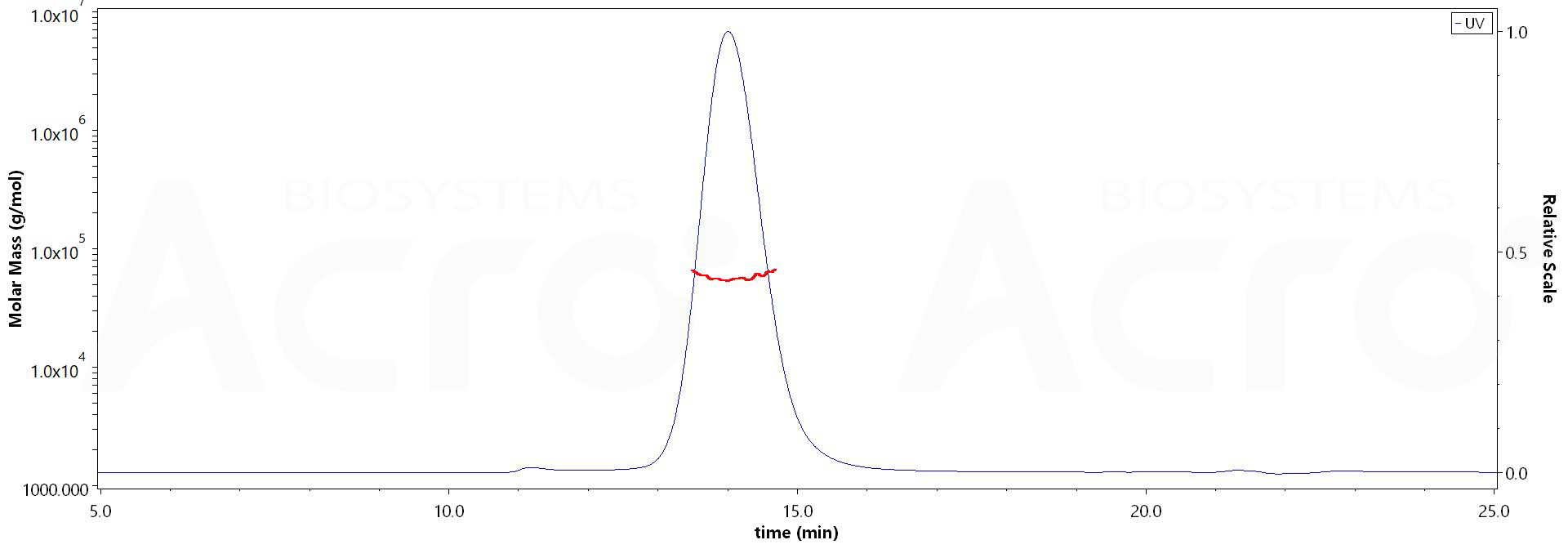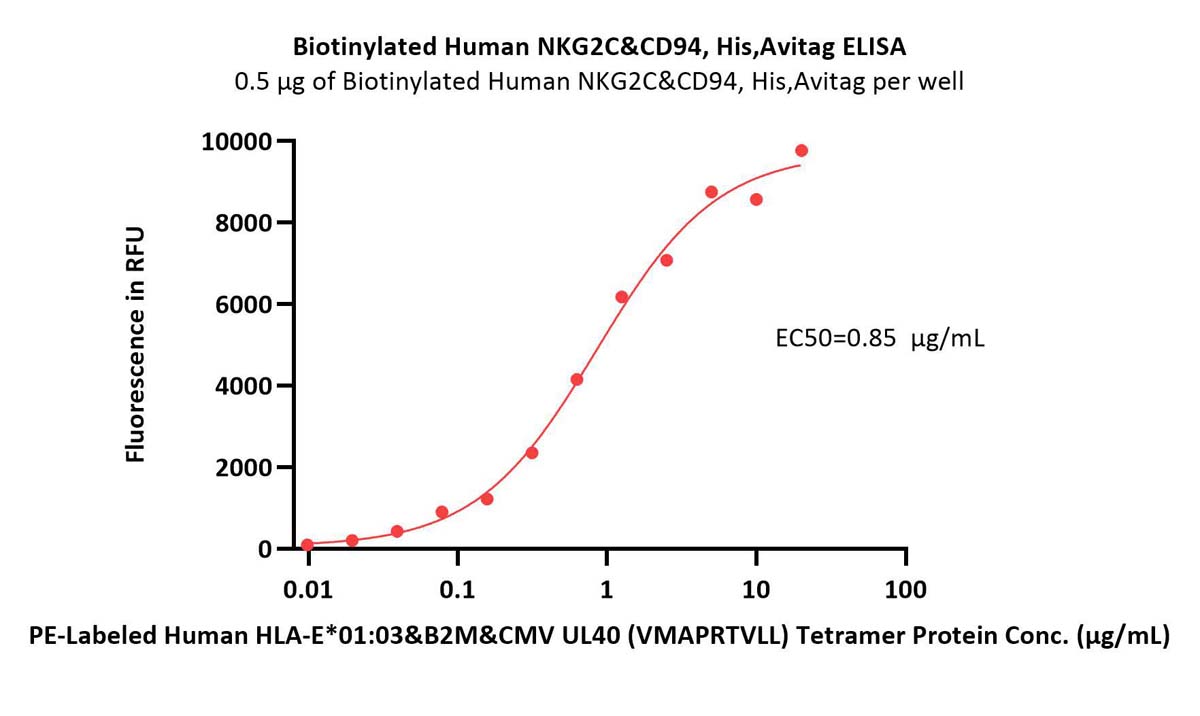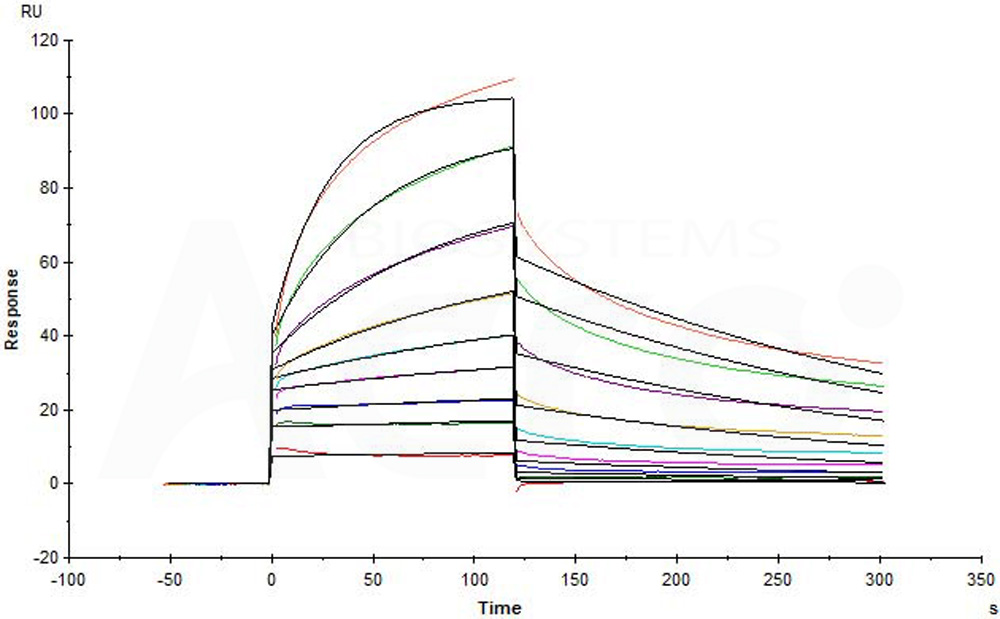CD94-driven in vitro expansion of highly functional adaptive NKG2C+ NKG2A- CD57+ NK cells from CMV+ healthy donorsGiordano, Carlomagno, Falco
et alFront Immunol (2025) 16, 1481745
Abstract: Adaptive human natural killer (NK) cells are an NK cell subpopulation arising upon cytomegalovirus (CMV) infection. They are characterized by CD94/NKG2C expression, a mature CD57+KIR+NKG2A- phenotype, a prolonged lifespan, and remarkable antitumor functions. In light of these features, adaptive NK cells represent suitable candidate to design next-generation therapies, based on their enhanced effector function which could be further boosted by Chimeric Antigen Receptors-engineering, or the combination with cell engagers. For therapeutic approaches, however, it is key to generate large numbers of functional cells.We developed a method to efficiently expand adaptive NK cells from NK-enriched cell preparations derived from the peripheral blood of selected CMV-seropositive healthy donors. The method is based on the use of an anti-CD94 monoclonal antibody (mAb) combined with IL-2 or IL-15.By setting this method we were able to expand high numbers of NK cells showing the typical adaptive phenotype, CD94/NKG2C+ CD94/NKG2A- CD57+, and expressing a single self-inhibitory KIR. Expanded cells maintained the CMV-induced molecular signature, exhibited high ADCC capabilities and degranulation against a HLA-E+ target. Importantly, mAb-expanded adaptive NK cells did not upregulate PD-1 or other regulatory immune checkpoints that could dampen their function.By this study we provide hints to improve previous expansion methods, by eliminating the use of genetically modified cells as stimulators, and obtaining effectors not expressing unwanted inhibitory receptors. This new protocol for expanding functional adaptive NK cells is safe, cost-effective and easily implementable in a GMP context, suitable for innovative immunotherapeutic purposes.Copyright © 2025 Giordano, Carlomagno, Falco, Cantoni, Vitale, Caruana, Dirks, Serio, Muccio, Bartalucci, Bo, Locatelli, Bottino, Sivori and Della Chiesa.
Single-cell RNA sequencing highlights the role of distinct natural killer subsets in sporadic amyotrophic lateral sclerosisÁlvarez-Sánchez, Carbayo, Valle-Tamayo
et alJ Neuroinflammation (2025) 22 (1), 15
Abstract: Neuroinflammation plays a major role in amyotrophic lateral sclerosis (ALS), and cumulative evidence suggests that systemic inflammation and the infiltration of immune cells into the brain contribute to this process. However, no study has investigated the role of peripheral blood immune cells in ALS pathophysiology using single-cell RNA sequencing (scRNAseq).We aimed to characterize immune cells from blood and identify ALS-related immune alterations at single-cell resolution. For this purpose, peripheral blood mononuclear cells (PBMC) were isolated from 14 ALS patients and 14 cognitively unimpaired healthy individuals (HC), matched by age and gender, and cryopreserved until library preparation and scRNAseq. We analyzed differences in the proportions of PBMC, gene expression, and cell-cell communication patterns between ALS patients and HC, as well as their association with plasma neurofilament light (NfL) concentrations, a surrogate biomarker for neurodegeneration. Flow cytometry was used to validate alterations in cell type proportions.We identified the expansion of CD56dim natural killer (NK) cells in ALS (fold change = 2; adj. p-value = 0.0051), mainly driven by a specific subpopulation, NK_2 cells (fold change = 3.12; adj. p-value = 0.0001), which represent a mature and cytotoxic CD56dim NK subset. Our results revealed extensive gene expression alterations in NK_2 cells, pointing towards the activation of immune response (adj. p-value = 9.2 × 10- 11) and the regulation of lymphocyte proliferation (adj. p-value = 6.46 × 10- 6). We also identified gene expression changes in other immune cells, such as classical monocytes, and distinct CD8 + effector memory T cells which suggested enhanced antigen presentation via major histocompatibility class-II (adj. p-value = 1.23 × 10- 8) in ALS. The inference of cell-cell communication patterns demonstrated that the interaction between HLA-E and CD94:NKG2C from different lymphocytes to NK_2 cells is unique to ALS blood compared to HC. Finally, regression analysis revealed that the proportion of CD56bright NK cells along with the ALSFRS-r, disease duration, and gender, explained up to 76.4% of the variance in plasma NfL levels.Our results reveal a signature of relevant changes occurring in peripheral blood immune cells in ALS and underscore alterations in the proportion, gene expression, and signaling patterns of a cytotoxic and terminally differentiated CD56dim NK subpopulation (NK_2), as well as a possible role of CD56bright NK cells in neurodegeneration.© 2025. The Author(s).
Generation, Characterization, and Preclinical Studies of a Novel NKG2A-Targeted Antibody BRY805 for Cancer ImmunotherapyZhou, Wang, Liang
et alAntibodies (Basel) (2024) 13 (4)
Abstract: Immuno-oncology has revolutionized cancer treatment, with NKG2A emerging as a novel target for immunotherapy. The blockade of NKG2A using the immune checkpoint inhibitor (ICI) monalizumab has been shown to enhance the responses of both NK cells and CD8+ T cells. However, monalizumab has demonstrated limited efficacy in in vitro cytotoxic assays and clinical trials. In our study, we discovered and characterized a novel anti-NKG2A antibody, BRY805, which exhibits high specificity for the human CD94/NKG2A heterodimer complex and does not bind to the activating NKG2C receptor. In vitro cytotoxicity assays demonstrated that BRY805 effectively activated NK92 cells and primary NK cells, thereby enhancing the cytotoxic activity of effector cells against cancer cells overexpressing HLA-E, with significantly greater efficacy compared to monalizumab. Furthermore, BRY805 exhibited synergistic antitumor activity when combined with PD-L1 monoclonal antibodies. In a mouse xenograft model, BRY805 showed superior tumor control relative to monalizumab and demonstrated a favorable safety profile in non-human primate studies.
NKG2C Sequence Polymorphism Modulates the Expansion of Adaptive NK Cells in Response to Human CMVAsenjo, Moraru, Al-Akioui-Sanz
et alHLA (2024) 104 (5), e15764
Abstract: A subpopulation of NK cells with distinctive phenotype and function differentiates and expands specifically in response to infection by human cytomegalovirus (HCMV). A hallmark of these adaptive NK cells is their increased expression levels of the activating CD94/NKG2C receptor for HLA-E, and lack of expression of its inhibitory homologue CD94/NKG2A. Their frequency is highly variable in HCMV+ individuals, and the basis for such differences is only partially understood. Here, we explore the possible influence of sequence polymorphism of the NKG2C (or KLRC2) gene on the expansion of NKG2C+NKG2A- NK cells in healthy HCMV-seropositive donors. Our results show a significant association of greater proportions of adaptive NK cells with allele NKG2C*02. This is defined by two amino acid substitutions in comparison with the most prevalent allele, NKG2C*01, and associates with additional sequence polymorphisms in noncoding regions. Furthermore, we demonstrate consistently higher mRNA levels of NKG2C*02 in heterozygous individuals co-expressing this allele in combination with NKG2C*01 or *03. This predominance is independent of polymorphisms in the promoter and 3' UTRs and is appreciated also in HCMV-seronegative donors. In summary, although additional factors are most likely implicated in the variable expansion of NKG2C+NKG2A- NK cells in response to HCMV, our results demonstrate that host immunogenetics, in particular NKG2C diversity, influences the magnitude of such response.© 2024 The Author(s). HLA: Immune Response Genetics published by John Wiley & Sons Ltd.



























































 膜杰作
膜杰作 Star Staining
Star Staining
















